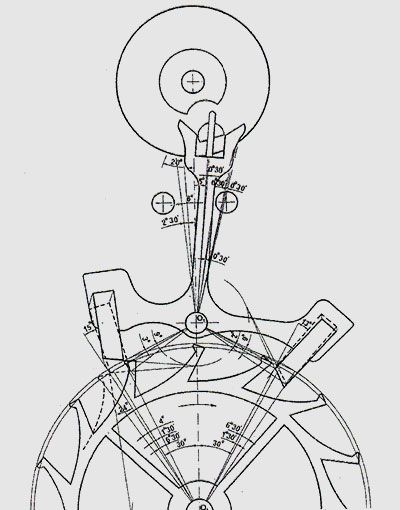Escapement: The Heart of Timekeeping
The escapement is a critical mechanism placed between the gear train and the regulating organ (balance wheel) of a watch.
Its function is to oscillate the balance wheel at precise intervals, replenishing the energy lost due to friction and air resistance.
The restored energy comes from the mainspring, which drives the watch movement and is transferred to the escapement via the gear train.
Functions of the Escapement
- Maintains the oscillations of the regulating organ by replacing lost energy.
- Distributes energy from the mainspring to the balance wheel.
- Counts the oscillations of the regulating system to keep time accurately.
Evolution of the Escapement
Over time, hundreds of different escapement designs have been created, but most were either experimental prototypes or produced in limited numbers before being discontinued.
Today, only six types of escapements remain in production, proving their long-term reliability and efficiency.
Modern Escapements in Watchmaking
With the industrialization of watchmaking, certain escapement types became widely used due to their accuracy and durability in small, flat watch mechanisms (chronometers). The most commonly produced escapements today include:
- Cylinder Escapement
- Swiss Lever Escapement (most widely used today)
- Pin Pallet Escapement
- Detent Escapement (used in marine chronometers)
- Co-Axial Escapement (developed for reduced friction and increased longevity)
Each of these plays a crucial role in maintaining timekeeping precision, making the escapement one of the most vital components of a watch movement.

